CLR Property vs. Dependency Property
A CLR property reads directly from the private member of the class. The Get() and Set() methods of the class retrieve and store the values of the property.
Whereas when you set a value of a Dependency Property it is not stored in a field of your object, but in a dictionary of keys and values provided by the base class DependencyObject. The key of an entry is the name of the property and the value is the value you want to set.
Advantages of a Dependency Property
Less memory consumption
The Dependency Property stores the property only when it is altered or modified. Hence a huge amount of memory for fields are free.
Property value inheritance
It means that if no value is set for the property then it will return to the inheritance tree up to where it gets the value.
Change notification and Data Bindings
Whenever a property changes its value it provides notification in the Dependency Property using INotifyPropertyChange and also helps in data binding.
Participation in animation, styles and templates
A Dependency Property can animate, set styles using style setters and even provide templates for the control.
CallBacks
Whenever a property is changed you can have a callback invoked.
Resources
You can define a Resource for the definition of a Dependency Property in XAML.
Overriding Metadata
You can define certain behaviours of a Dependency Property using PropertyMetaData. Thus, overriding a metadata from a derived property will not require you to redefine or re-implement the entire property definition.
